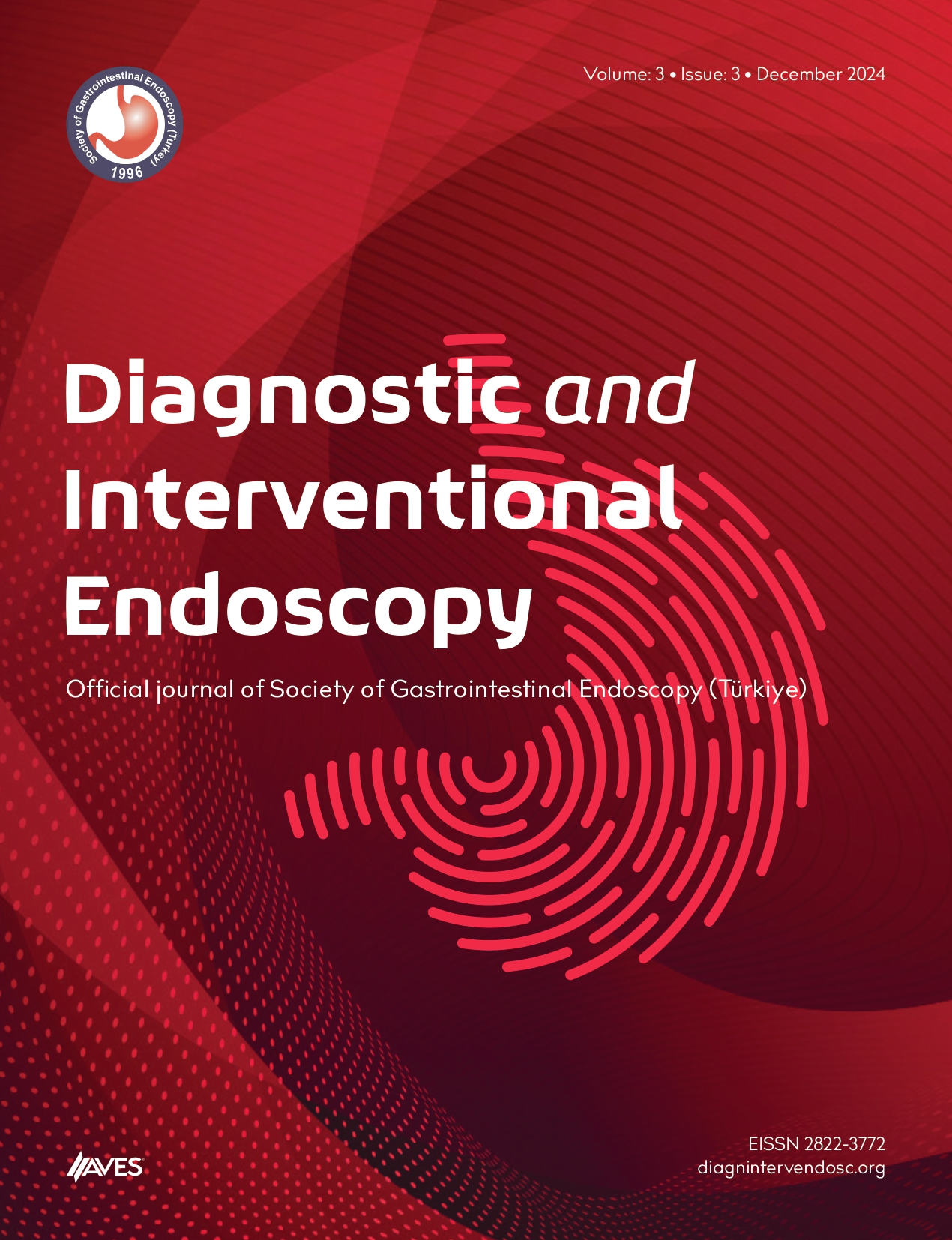Objectives: There are numerous difficulties in performing endoscopic ultrasound-guided fine needle aspiration for pancreatic lesions in patients with surgically altered upper gastrointestinal anatomy. We aimed to evaluate the rate of endoscopic ultrasound-guided fine needle aspiration success in this particular population.
Methods: We evaluated retrospective data of the patients with post-surgical altered upper gastrointestinal anatomy who underwent endoscopic ultrasound evaluation of the pancreatic lesions at a tertiary education hospital between December 2018 and January 2022.
Results: Totally 16 patients’ data were evaluated. According to histories of the surgical procedures, 10 patients had Billroth II, 3 patients had sleeve gastrectomy, and 3 had total gastrectomy. The median patient age was 58, and 10 (62.5%) out of 16 were male. While the tissue acquisition success rate was 100% in the pancreatic body and tail lesions regardless of the type of surgery, the mean success rate was 62.5% in the pancreatic head/uncinate lesions. There was no major complication in our series.
Conclusions: The yield of endoscopic ultrasound-guided fine needle aspiration is dependent on lesion location and surgery type. Before considering endoscopic ultrasound-guided fine needle aspiration in these patients, one must carefully consider whether the lesion may be accessible by endoscopic ultrasound.
Cite this article as: Şen İ, Koksal AR. Outcomes of endoscopic ultrasonography-guided fine needle aspiration for pancreatic lesions in patients with surgically altered gastrointestinal anatomy: A single-center experience. Diagn Interv Endosc. 2023;2(1):1-4.

.png)


.png)